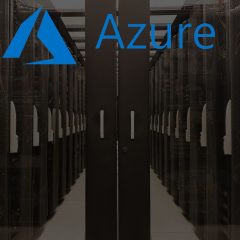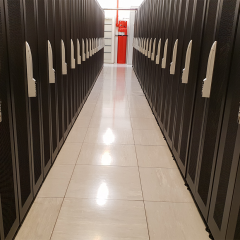Exchange 2000 / 2003 – Exporting Mail to .pst files with ExMerge
KB ID 0000091 Problem ExMerge has been around for a long time, its used (as the name implies) to merge pst files into existing mailbox’s. However its also a great tool to export/backup users mail box’s if you’re doing a migration, or if you have got your “Disaster Recovery” hat on. The following is a run through of how to export from a mail store to pst files – Note on a live system this can take...
AAD Contains Another Object With The Same DN
KB ID 0001638 Problem I’ve seen this a few times now, I’ve had users that will not sync from Active Directory to Azure Active Directory (Office 365). When you look to see why, you will see something like; The Connector {Your-Domain}.onmicrosoft.com – AAD contains another object with the same DN which is already connected to the MV. Note: For the uninitiated, DN is Distinguished Name, and MV is MetaVerse. If you...
Exchange – Display Mailbox’s by size
KB ID 0000469 Problem Yesterday a client asked me how he could find out, which of his users were the “worst offenders” for mailbox size. Normally a simple Get-MailboxStatistics command would be fine, and we would sort the results in descending order. Solution On one of the Exchange servers, launch the Exchange Management Shell. Issue the following command: Note: That’s all one command, replace the name PNL-MAIL-2019...
Outlook: Import and Export Data (.pst)
Backup and restore from .pst file KB ID 0000154 Problem You want to import your mail from an older version of Outlook into your new Outlook mailbox, or you simply want to backup your mail. Solution Thankfully the process is the same for modern Outlook as it was for previous versions of Outlook. 1. In Outlook > Select the “File” Tab > Open > Open & Export > Import/Export Note: On older versions of Outlook...
VMware vSphere – How to Import and Export OVF and OVA Files
KB ID 0000562 Problem I prefer to think of OVF Templates as “Zip” files for Virtual Machines and Virtual Appliances. Where as the OVA file is the complete appliance pre packaged. There are two things you will want to do with an OVF Template; 1. Export a VM to an OVF Template 2. Import an OVF Template (Note: VMware call this “Deploy an OVF Template”) Note: There are tools for OVF templates for other VMware...




